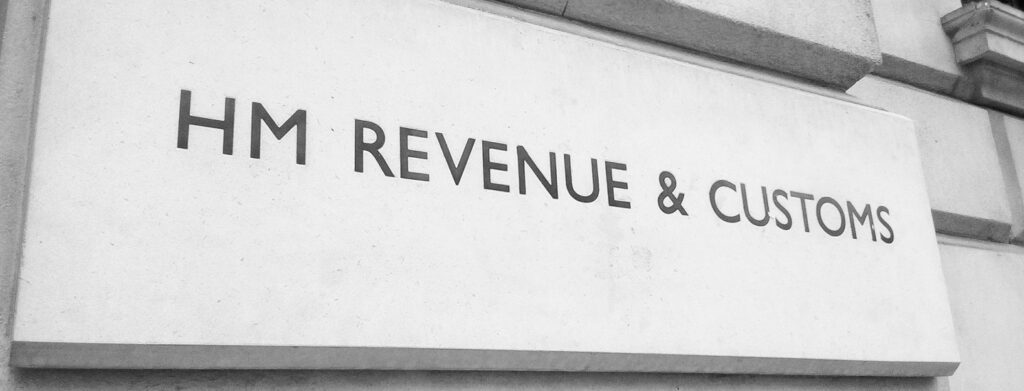The Ultimate Legal Guide To Arbitration
In this practical guide, we have outlined everything you need to know about arbitration. This covers all important topics including: how arbitration is initiated, the arbitration process, alternatives to arbitration, and so much more. What is arbitration? An alternative to court litigation, arbitration is a method of alternative dispute resolution (ADR). With arbitration, the parties […]
The Ultimate Legal Guide To Arbitration Read More »









